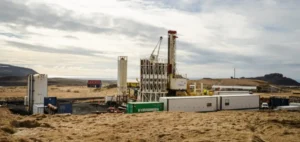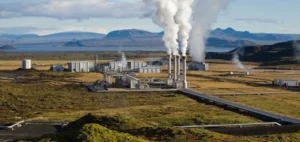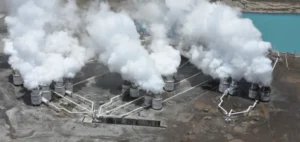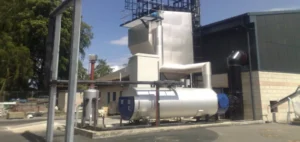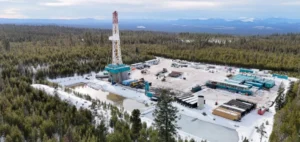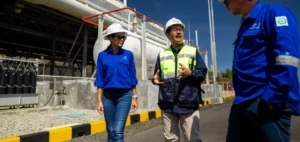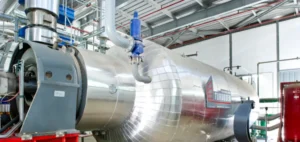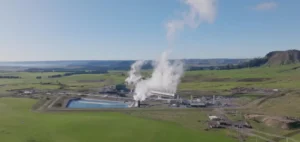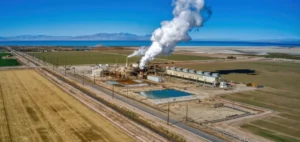Magma Power LLC, based in the United States, receives a patent from the US Patent and Trademark Office for a drilling system and method of thermal extraction from underground magma reservoirs.
This technical process aims to capture geothermal energy in the form of heat directly from magma chambers, enabling the continuous production of electrical energy. The patent covers not only the design of the wellbore, but also the techniques associated with stabilizing the well walls using thermodynamic fluids to optimize extraction efficiency at high pressure and temperature.
This approach aims to solve the challenges associated with producing energy from deep geothermal sources, such as magma, while ensuring the safety and durability of boreholes.
Technology and industrial applications
The aim of this innovation is to enable energy production at a very competitive cost, with licensing opportunities for identified geothermal sites around the world.
The technology developed by Magma Power could provide electricity at less than one cent per kilowatt-hour, a considerable advantage for energy-hungry industries such as data centers, the artificial intelligence sector, or cryptocurrency mining.
These sectors require a constant, reliable supply of energy to keep their operations running at full capacity.
This patented technology enables continuous heat extraction thanks to a drilling system that allows fluids to circulate, absorbing thermal energy and then converting it into electricity.
The wells, designed to withstand extreme environments, include branching elements in the structure, optimizing the thermal capture surface.
Licensing and development opportunities
Magma Power offers exclusive licensing agreements for over 1,000 potential sites, each with the potential to generate significant levels of geothermal energy.
Licenses start at $50,000 per month in the pre-production phase, with royalties estimated at 12.5% of revenues generated.
This approach enables industrial partners to benefit from privileged access to a competitive, low-cost energy source, while meeting the decarbonization objectives of many sectors.
The impact of this technology is particularly felt in industries where energy costs account for a significant proportion of operating expenses.
Integrating Magma Power technology into the artificial intelligence, transport and heavy materials (steel, aluminum) sectors could improve their competitiveness by reducing energy costs and increasing sustainability.
Technical features and patent innovations
The patent covers several innovations essential to the performance and durability of the drilling system.
The well completion method involves drilling a well into a magma chamber, followed by the insertion of thermodynamic fluids that stabilize the well walls under extreme conditions.
The wells can be extended with additional branches, increasing the thermal capture surface for more efficient heat extraction.
Another important aspect is the use of specially designed drilling fluids to cool the magma while stabilizing the well structure.
These fluids convert heat into steam or working fluid, enabling continuous transfer of thermal energy to the surface.
This process takes place at a constant pressure of around 1,000 PSI, ensuring maximum heat absorption.
Various wellbore components, such as thermodynamic sensors and low-boiling fluids, are essential to maintain structural stability and enable efficient extraction.
This technology ensures continuous, sustainable exploitation of geothermal resources, making it a viable solution for the global energy industry.
Outlook for industrial sectors
This technology could profoundly change the landscape of geothermal energy and power generation from magmatic sources.
The use of Magma Power’s patent for site-specific heat extraction opens up new opportunities for industries requiring access to cheap, constant energy.
In particular, the green hydrogen production and alternative fuels sectors, such as ammonia and kerosene, could also benefit.
Magmatic heat extraction represents a promising alternative to traditional energy sources, while offering a new route to decarbonizing heavy industries.
Thanks to this innovation, companies can look forward to a significant reduction in their greenhouse gas emissions, while benefiting from a stable, cost-effective energy supply.






